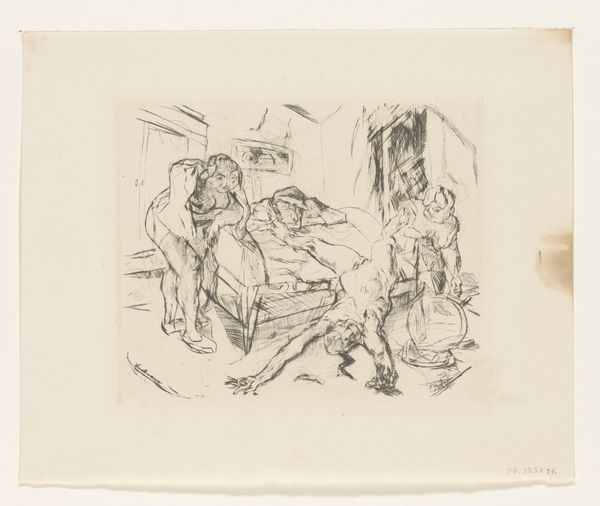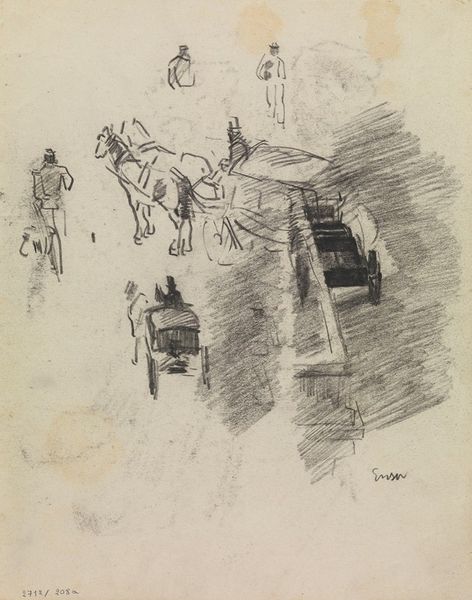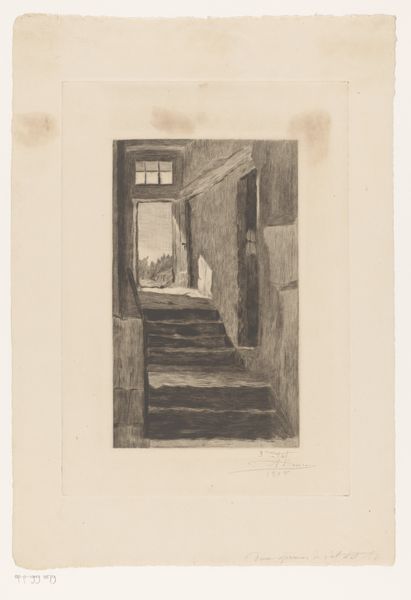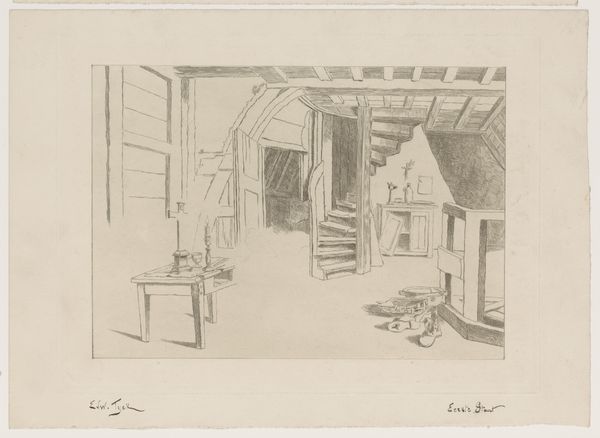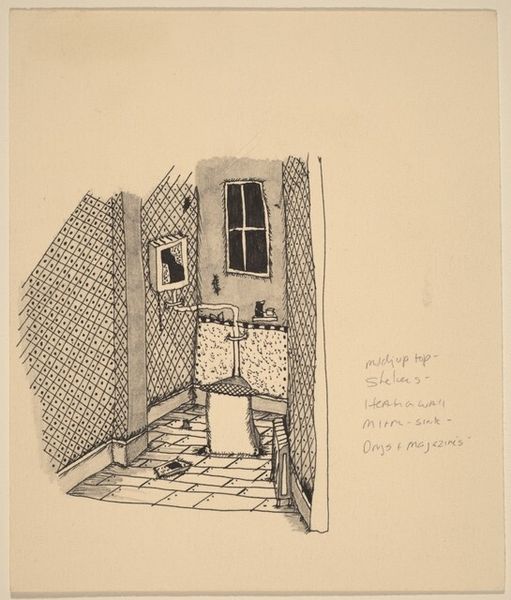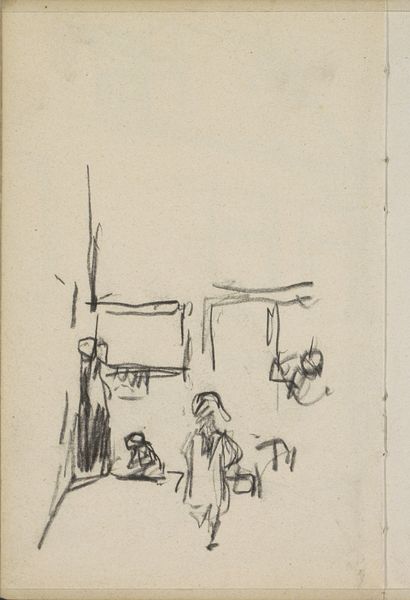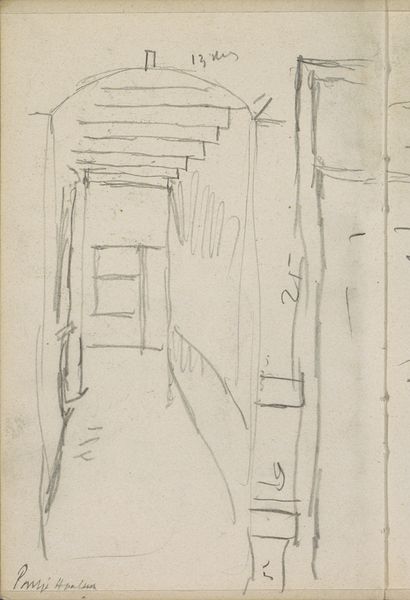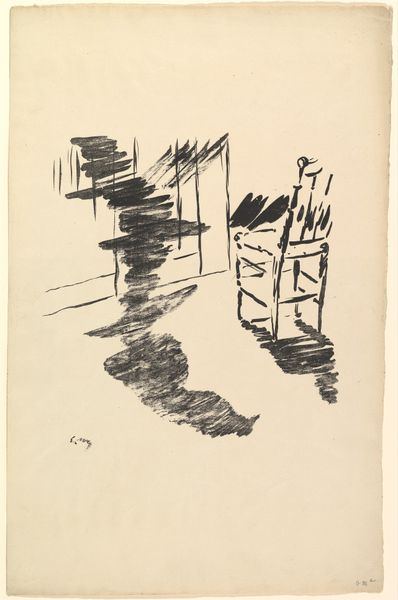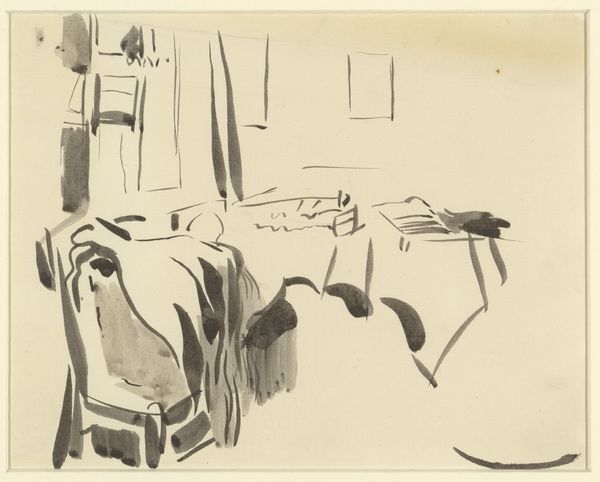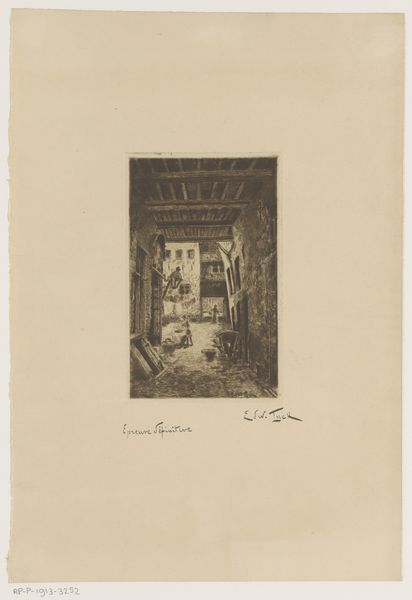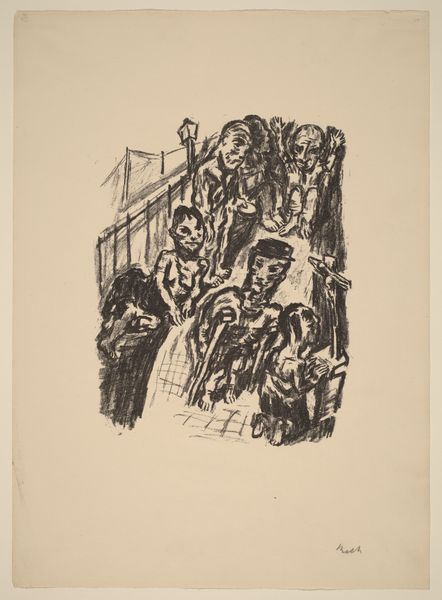
Dimensions: image: 171 x 133 mm
Copyright: © The estate of James Boswell | CC-BY-NC-ND 4.0 DEED, Photo: Tate
Editor: This is James Boswell's lithograph, "The Means Test," from 1934, currently residing in the Tate Collections. It’s a pretty stark image, portraying a family in what appears to be utter distress. What can you tell me about the historical context here? Curator: The Means Test was a deeply unpopular element of 1930s British social policy during the Depression. Boswell, with his social realist style, directly confronts the humiliation and despair it inflicted. Notice how the figure in the doorway dominates the composition. What does that suggest to you? Editor: That the state is looming over them, an oppressive force? This print feels like a powerful indictment of the social safety net at the time. Curator: Precisely. Art like this served as a form of social critique, influencing public perception and contributing to political discourse. I find Boswell's work successfully humanises the victims of policy. Editor: That's fascinating. It's incredible how art can serve as a historical record and a form of protest simultaneously. Curator: Indeed, and it reminds us of art's continuing role in shaping social consciousness.
